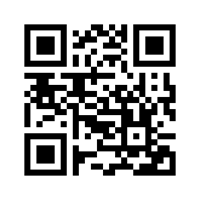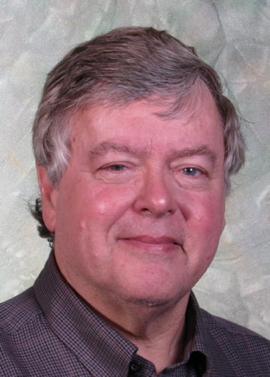
Goddard Space Flight Center, Greenbelt, Maryland 20771
ENGINEERING COLLOQUIUM
Wednesday, October 29, 2014 / 3:30 PM, Building 8 Auditorium

John Degnan
"A Celebration of Fifty Years of Satellite Laser Ranging"
ABSTRACT -- In Satellite Laser Ranging (SLR) a laser pulse from a ground station is reflected from a satellite back to the ground station. The roundtrip time of flight gives the station-to-satellite range. GSFC performed the first successful test of bouncing a laser pulse off a satellite in 1964. The satellite was Beacon Explorer 22B, which carried a Laser Retroreflector Array (LRA), designed to reflect a laser beam back to its point of origin. There are five LRAs on the Moon (three placed by Apollo astronauts, two on Soviet Lunakhod rovers.) Ranging precision on those arrays is now a few mm.
Following the launch of the first geodetic satellites in the 1970s, SLR contributed heavily to our early modeling of the Earth’s gravity field, global tectonic plate motion, and regional crustal deformation near plate boundaries. The International Laser Ranging Service (ILRS) now has about 40 stations in approximately 30 countries. The Precise Orbit Determination (POD) capability of SLR has contributed to satellite navigation.
Since the turn of the millennium, a few SLR stations have developed the ability to track satellites in daylight using low energy kHz lasers and single photon returns. This demonstrated daytime capability has opened the door to precise interplanetary ranging and time transfer through the use of laser transponders. Possible benefits include further contributions to lunar and solar system science, more precise relativity experiments, and improved lunar and planetary mission operations.
SLR can also contribute to the development of satellite laser communications. The current SLR stations and satellite constellation can simulate and test optical communications links through the Earth’s atmosphere without the need for a new and costly space segment.
SPEAKER -- Dr. John J. Degnan III is Chief Scientist at Sigma Space Corporation. Prior to taking this position, he served for 38 at NASA-GSFC, where he led the development of advanced lasers and electro-optical sensors. While at Goddard, he served as Head of the Advanced Electro-optical Instrument Section, Deputy Manager of the NASA Crustal Dynamics Project, and Head of the Geoscience Technology Office. Through these groups, he participated in NASA Satellite Laser Ranging (SLR) and Very Long Baseline Interferometry (VLBI) space geodetic networks, the LAGEOS 2 and TOPEX/Poseidon missions, Mars Orbiter Laser Altimeter (MOLA), Geoscience Laser Altimeter System (GLAS), and Messenger Laser Altimeter (MLA) missions to Mars, Earth, and Mercury.
He has authored over 200 publications (including many invited review papers and book chapters) on lasers and laser instrumentation. From 1989 to 1993, he taught a two semester graduate course in Quantum Electronics at The American University in Washington DC. In 1998, he led the creation of the International Laser Ranging Service (ILRS) and served as its first Governing Board Chairperson until his retirement from NASA. Dr. Degnan is a Fellow of the International Association for Geodesy (IAG), a Senior Member of OSA and IEEE, a Charter Member of the International Laser Communications Society, and Sigma Pi Sigma National Physics Honor Society. He is the recipient of numerous awards from NASA (including GSFC’s Moe I. Schneebaum Memorial Award for Engineering), academia (including Drexel University’s Alumni Circle of Distinction Award), and international organizations (including the Tsiolkovsky Medal of the Russian Space Agency).
Engineering Colloquium home page: https://ecolloq.gsfc.nasa.gov